Ring Alarm (2nd Gen) vs. Ring Alarm (1st Gen): What's the difference and should you upgrade?
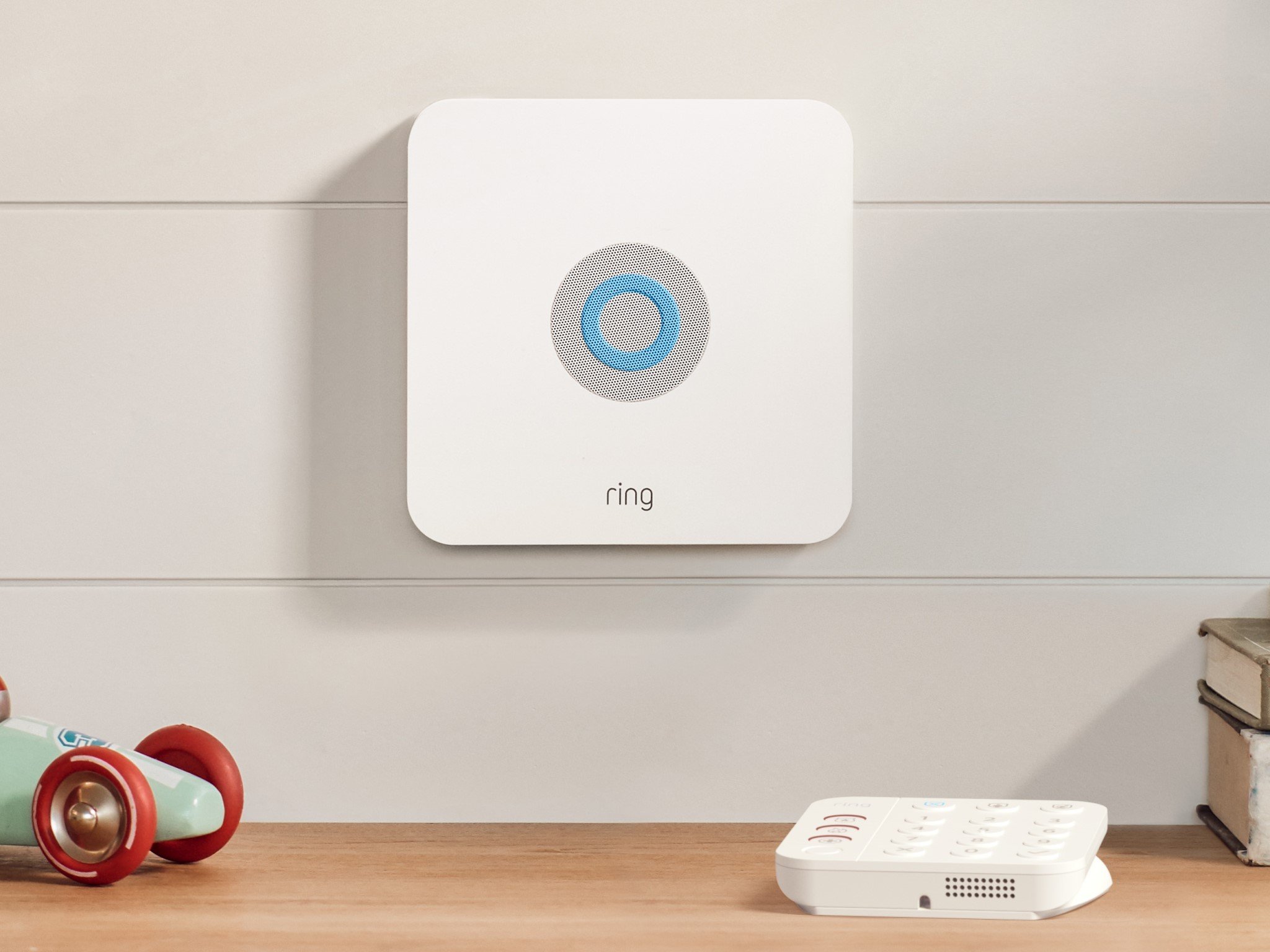
Ring Alarm (2nd Gen)
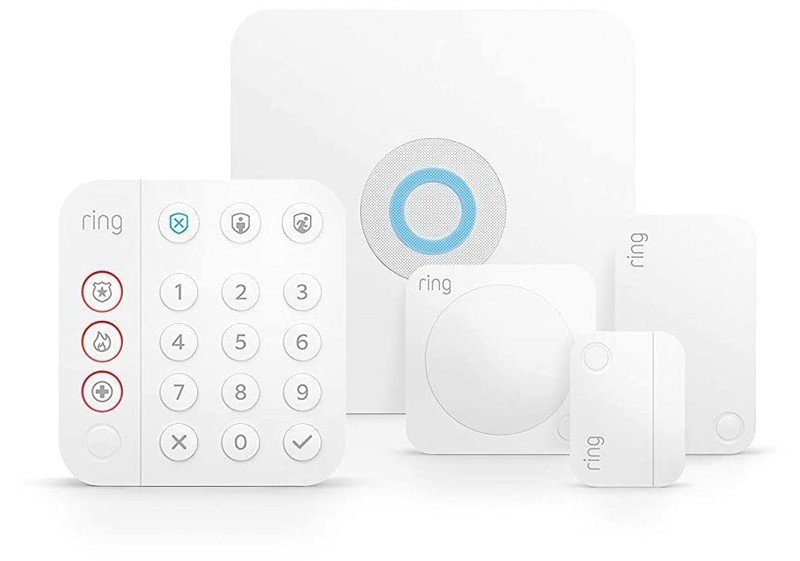
Ring Alarm (2nd Gen) is an excellent revision to an already excellent DIY alarm system. It retains all the ease and connectivity of the original. Still, it features snazzier looks, a refined keypad with easier-to-press keys, new quick keys to call emergency responders, and redesigned contact sensors compatible with more windows and doors.
Ring Alarm (2nd Gen)
New look, new tricks
Ring Alarm (1st Gen)
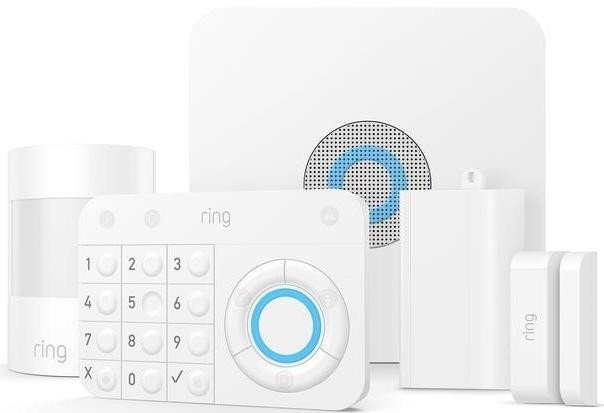
When Ring launched its first DIY alarm kit in 2018, it showed that the company meant business when it came to intelligently connecting you to the equipment that protects your home. Easy installation and powerful integration make this a great way to protect your home, but it's outdated at this point.
Ring Alarm (1st Gen)
An easy DIY solution
The second-generation Ring Alarm brings an attractive face-lift to the entire Ring Alarm suite of products. The Ring Alarm base station, keypad, motion detector, contact sensor, and range extender make up the standard five-piece kit and have all been substantially redesigned for the second-generation. Ring even offers lots of additional Ring Alarm Kits that pack in more value for bigger homes.
While the base functionality of the system remains the same, including the simple DIY (do-it-yourself) wireless nature that requires no tools for installation and great Alexa integration, the aesthetics are significantly improved. Ring has even added a few new worthwhile features that make it a great choice over the first-generation system.
Ring Alarm (2nd Gen) vs. Ring Alarm (1st Gen) Updated looks are just the start
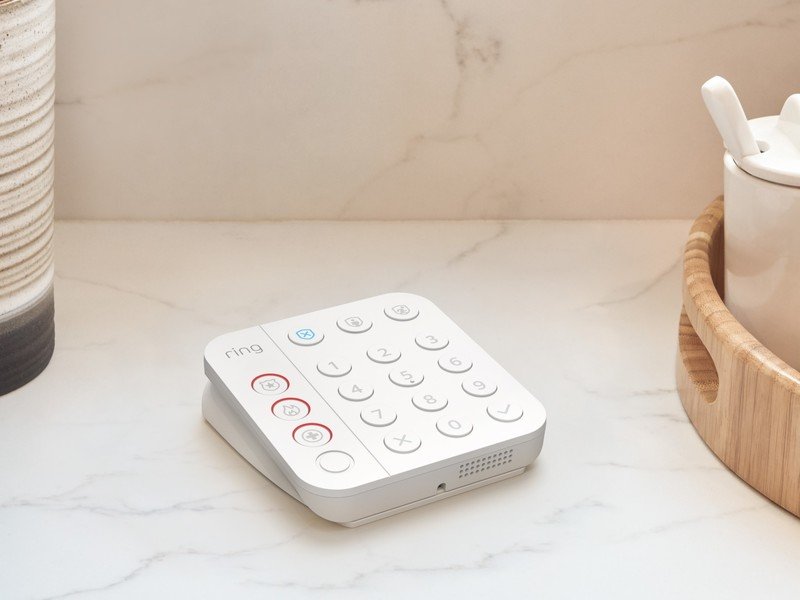
Ring has significantly improved the look of its Ring Alarm in many ways, but it's not just the aesthetics that have changed. Take the Ring Alarm keypad, for instance. The second-generation Ring Alarm keypad is minimalist and simple looking, but that's what makes it so effective. When looking at the first-generation Ring Alarm, you might wonder what some of the buttons are, particularly on the right side. Ring was able to design a product that's a lot more intuitive by simply stripping away design frivolities that often make things confusing during a stressful time (and that's probably the only time you'll be pressing a button to call emergency services, anyway).
| Header Cell - Column 0 | Ring Alarm (2nd Gen) | Ring Alarm (1st Gen) |
|---|---|---|
| Emergency keys | Police, Fire, Medical | None |
| Easy pairing LED | Yes | No |
| DIY Installation | Yes | Yes |
| Professional monitoring | Optional | Optional |
| Maximum space between contact sensors | 1-inch | 5/8-inch |
| Batteries needed for each sensor | 2AA for motion sensor, CR2032 for contact sensors | 3v Lithium for all |
Those new emergency services buttons, one for Police, one for Fire, and another for Medical Assistance, are the biggest new additions to the keypad and part of the reason for redesigning the key layout. Don't worry though, these keys need to be held for three seconds before an emergency responder is notified, so it's unlikely you'll be accidentally calling the cops by pressing the wrong button.
While the change in button layout looks like an aesthetic choice at first, it becomes quickly obvious that the changes made are for more than just looks. Each button is now a circle and has space between itself and the button next to it, meaning it's a lot more difficult to press the wrong number accidentally. The alarm status buttons are now more clearly marked and are in line with the rest of the keypad, further simplifying the layout and providing additional label clarity. The keypad is also smaller, which makes it more aesthetically pleasing to place throughout your home.
Be an expert in 5 minutes
Get the latest news from Android Central, your trusted companion in the world of Android
Ring Alarm 2nd gen Even easier to install
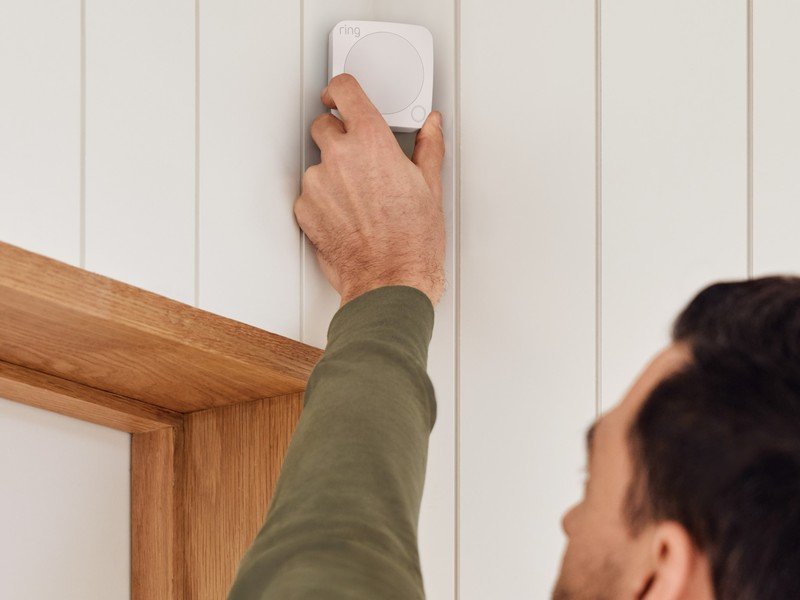
One of the biggest selling points for the original Ring Alarm was the ease of installation. As a DIY alarm system, it's important that Ring Alarm is simple to install and doesn't require users to pay extra for professional installation. While the first generation didn't require wiring or any tools to install, it sometimes wasn't clear if the contact sensors or motion detectors were connected to the base station. Ring now includes a handy LED light right on the base station, illuminating when pairing new contact sensors or motion detectors to your system.
Each Ring Alarm still ships with a range extender if your home is larger than the signal will go, but now that range extender looks better and more discreet. In fact, all components in the newer Ring Alarm are smaller and sleeker, which not only means they look less conspicuous when placed throughout your home, but the new styling looks a lot better alongside your decor.
The new contact sensors, in particular, aren't just slimmer and smaller. They also feature a wider maximum gap range to fit on all kinds of windows and doors. That means the smaller, slimmer size will let them fit on a wider range of windows and doors and are more forgiving if you cannot mount them perfectly straight. The only downside is that you'll have to buy separate, smaller batteries for these contact sensors than what's in the motion sensors. The first-generation Ring Alarm uses the same batteries for all units, which was a bit more convenient.
Ring Alarm 2nd gen vs. Ring Alarm (1st Gen) A more versatile, modern option
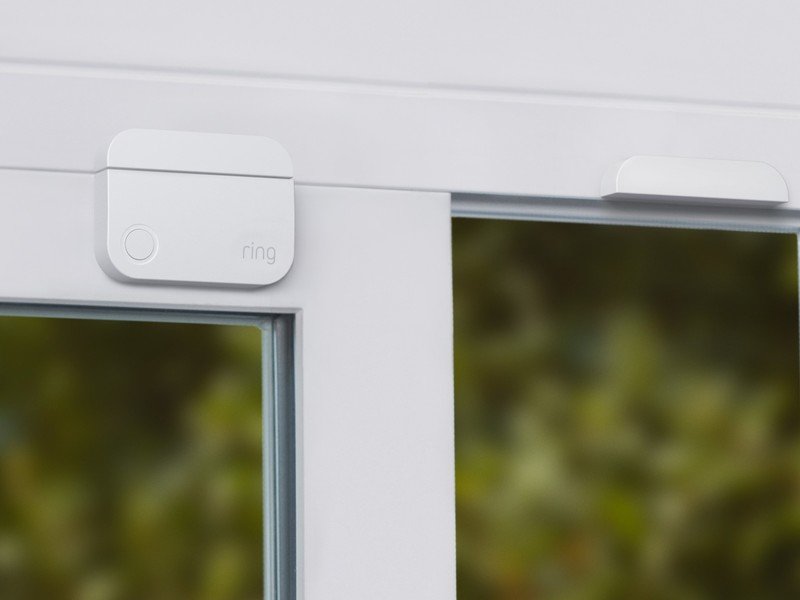
While the Ring Alarm (2nd Gen) technically only adds one major new feature, the design and functionality refinements in this release make it an easy choice over the Ring Alarm (1st Gen) in every case. A new simplified, more aesthetically-pleasing keypad features quick emergency responder buttons that can be pressed in case of emergency, shaving off precious minutes if an actual emergency arises.
The redesign has made the alarm kit slimmer and sleeker, making this a far more versatile alarm system than the first attempt. It's easier to mount motion detectors in awkward corners because they're smaller and less clunky, and they look way better too. Not only that, but the smaller, slimmer contact sensors are much easier to mount on any window or door, are far more discrete than the old sensors, and even have a wider gap tolerance.
That means even older doors and windows, or non-traditional designs, can still benefit from the protection that Ring Alarm (2nd Gen) can bring to your home. It's a great choice, and it's even better than the Ring's first system. It also ties in perfectly with the rest of the Ring ecosystem, including some of the best video doorbells on the market.
Ring Alarm 2nd gen vs. Ring Alarm (1st Gen) Should you upgrade?
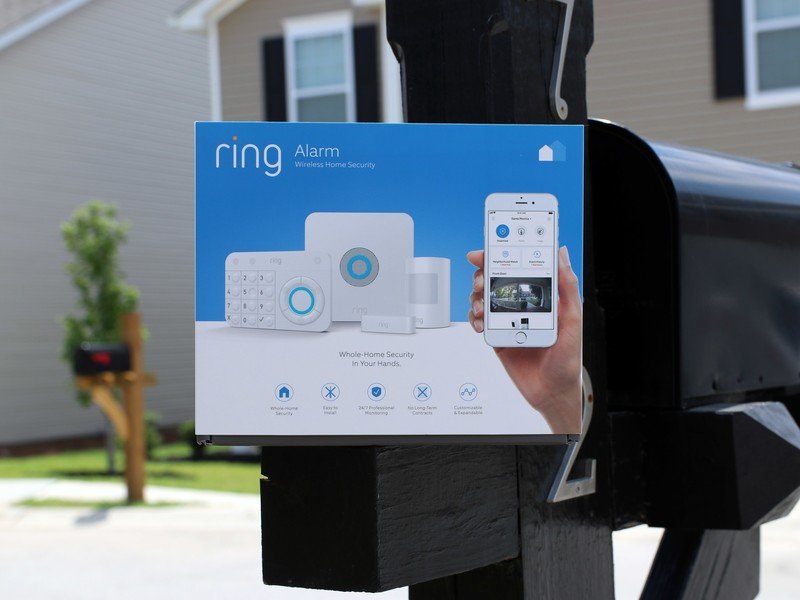
In a nutshell, probably not. If you've already got a Ring Alarm (1st gen) in your home and it's functioning without issue, there's little reason to swap it out for the Ring Alarm 2nd gen. There are two reasons you could consider it, though: the one-press emergency buttons on Ring Alarm 2nd gen and the ability to cover smaller window and door gaps.
If you've found that the gaps between your windows and doors sometimes falsely trigger your Ring Alarm (1st gen) while it's armed, upgrading might be a wise decision. Alternatively, if having one-touch access to emergency services right from the keypad is something that'll give you significant peace of mind, or if you find yourself regularly hitting the wrong keys because of their proximity together, these could also be great reasons to upgrade. Otherwise, stick with your existing Ring Alarm (1st gen) and enjoy everything Ring has to offer.

